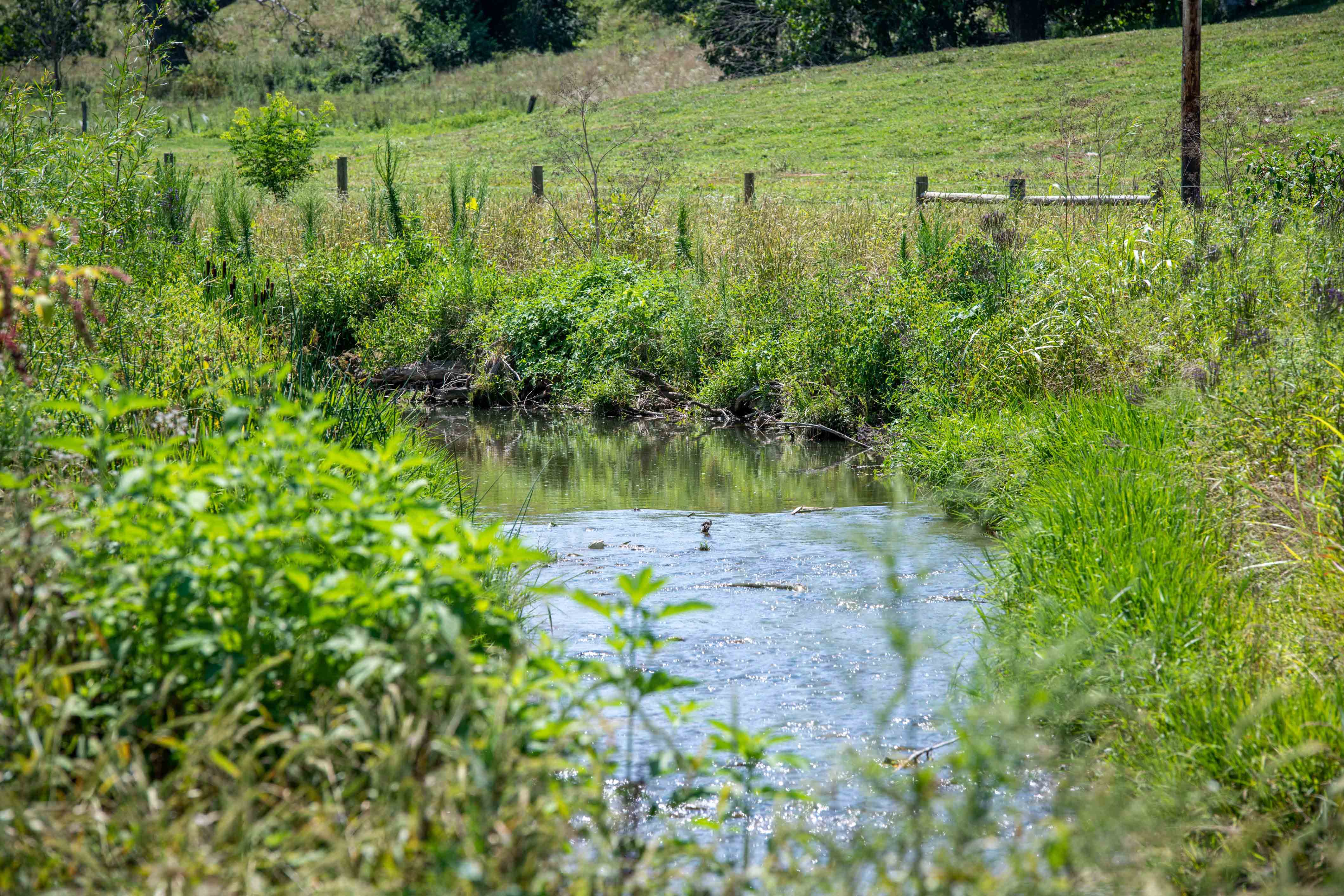

Maryland's 2024-2025 Conservation Buffer Initiative
Accepting Applications October 1, 2024-March 31, 2025
Now in its 5 th year, Maryland's Conservation Buffer Initiative provides farmers with attractive incentive payments to plant streamside buffers on farmland to improve the health of local streams and the Chesapeake Bay.
Incentives to plant riparian forest buffers are available again this year. These payments are on top of the $4,000 or $4,500 per acre offered for installation. To encourage more tree planting, the new incentives include:
Three types of buffers are eligible for funding and free technical assistance from local soil conservation districts under this program: forest buffers planted next to waterways, grass buffers planted next to waterways or field ditches, and watercourse access control areas adjacent to pastures. Here's how the program works:
Payment rates range from $500/acre for an existing grass buffer to a maximum of $4,500/acre to install a riparian forest buffer with pasture fencing.
Mowing and hay harvesting are allowed; nutrient applications are not.Grass Buffers on Watercourses – Establish a new buffer or improve an existing buffer between cropland and either an adjacent watercourse or field ditch. Buffers are herbaceous and range in width from 10 feet to 100 feet.
Forest Buffers on Watercourses – Establish a new buffer or improve an existing buffer between cropland and an adjacent watercourse. Buffers are planted with trees and shrubs and range in width from 35 feet to 100 feet.
Watercourse Access Control Area – Establish a new access control area or improve an existing access control area between an adjacent watercourse and an active livestock pasture. The conservation buffer located between the fence and the watercourse may be planted in grass or trees and shrubs. It may range in width from 10 feet to 100 feet but must be at least 35 feet wide if establishing woody vegetation. No grazing allowed in the access control area.
Areas adjacent to watercourses with highly erodible or hydric soils, as determined by the local soil conservation district.
Existing buffers or agricultural lands that are actively enrolled in state (MACS) or federal programs (CRP, CREP, EQIP, etc.) or mandated by an easement are not eligible for this program.
Funding for Maryland’s Conservation Buffer Initiative is provided by the Chesapeake and Atlantic Coastal Bays Trust Fund and the Environmental Protection Agency.